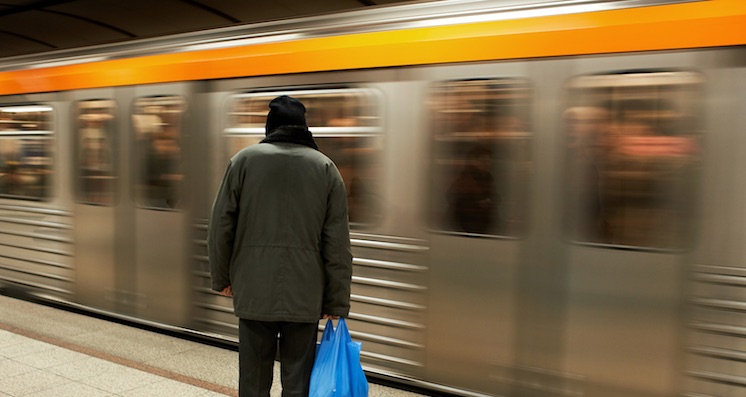Payments
Riding the rails: Chicago’s route to a cardless transit payment system
- While U.S. retailers are moving towards mobile payments, transit fare systems lag behind.
- Chicago's experience shows how a phased approach helps customers adapt and ensures the transit system can absorb the technical changes.








